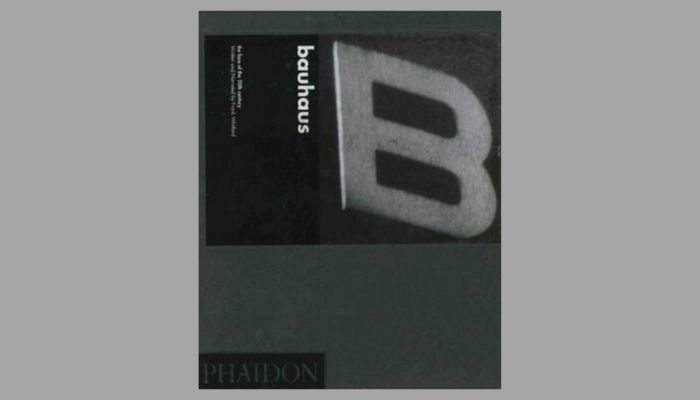-
Dokumentazio Zentroa
-
Convocatorias 2024
-
Alor kulturala
-
Eremu profesionala
-
Baliabideak
-
Fundazioa
Cookien konfigurazioa

En este sitio web usamos cookies de terceros para recabar información estadística sobre tu navegación y para mostrarte publicidad personalizada basada en tus preferencias teniendo en cuenta el perfil realizado al seguir tu navegación (por ejemplo, páginas visitadas). Visita nuestra Política de cookies para obtener más información.
Configurador cookies

Aquí puedes configurar tus cookies:
Zalantzarik baduzu, bisitatu gure Cookie-politika
Laukirik hautatu gabe «Gorde aldaketak» sakatzen baduzu, hemen adierazitako cookie guztiak errefusatuko dituzu




